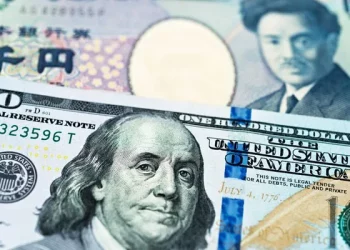The Australian dollar (AUD) and the British pound (GBP) are two of the most widely traded currencies in the world. The exchange rate between these two currencies can have a significant impact on international trade, investment, and tourism. In this article, we will examine the factors that influence the AUD-GBP exchange rate and provide a detailed analysis of the current rate.
The exchange rate between the Australian dollar and the British pound is influenced by various factors, including:
Economic Performance
The performance of the Australian and British economies plays a significant role in determining the exchange rate between the two currencies. Generally, if one economy is performing better than the other, its currency will appreciate against the other. For example, if the Australian economy is growing faster than the British economy, the AUD will strengthen against the GBP.
Interest Rates
Central banks set interest rates to manage inflation and stimulate economic growth. Higher interest rates generally lead to a stronger currency, as they make investments in the currency more attractive. Currently, the Reserve Bank of Australia (RBA) has set its official interest rate at 0.10%, while the Bank of England (BOE) has set its interest rate at 0.10% as well. However, the BOE has signaled that it may raise its interest rates in the near future, which could strengthen the GBP against the AUD.
Political Developments
Political events can also impact exchange rates. For example, if there is political instability or uncertainty in one country, investors may choose to invest in the other country, leading to an increase in demand for its currency. The recent Brexit deal has had a significant impact on the GBP and is likely to continue influencing the exchange rate with the AUD.
As of April 13th, 2023, the exchange rate between the AUD and GBP is 0.5459 GBP to 1 AUD. This means that one pound is equivalent to 1.8321 AUD.
The exchange rate between the Australian dollar and the British pound is influenced by various factors, including economic performance, interest rates, and political developments. While the current exchange rate between the two currencies is subject to fluctuations, understanding the underlying factors that drive the exchange rate can help investors, traders, and travelers make informed decisions.


























